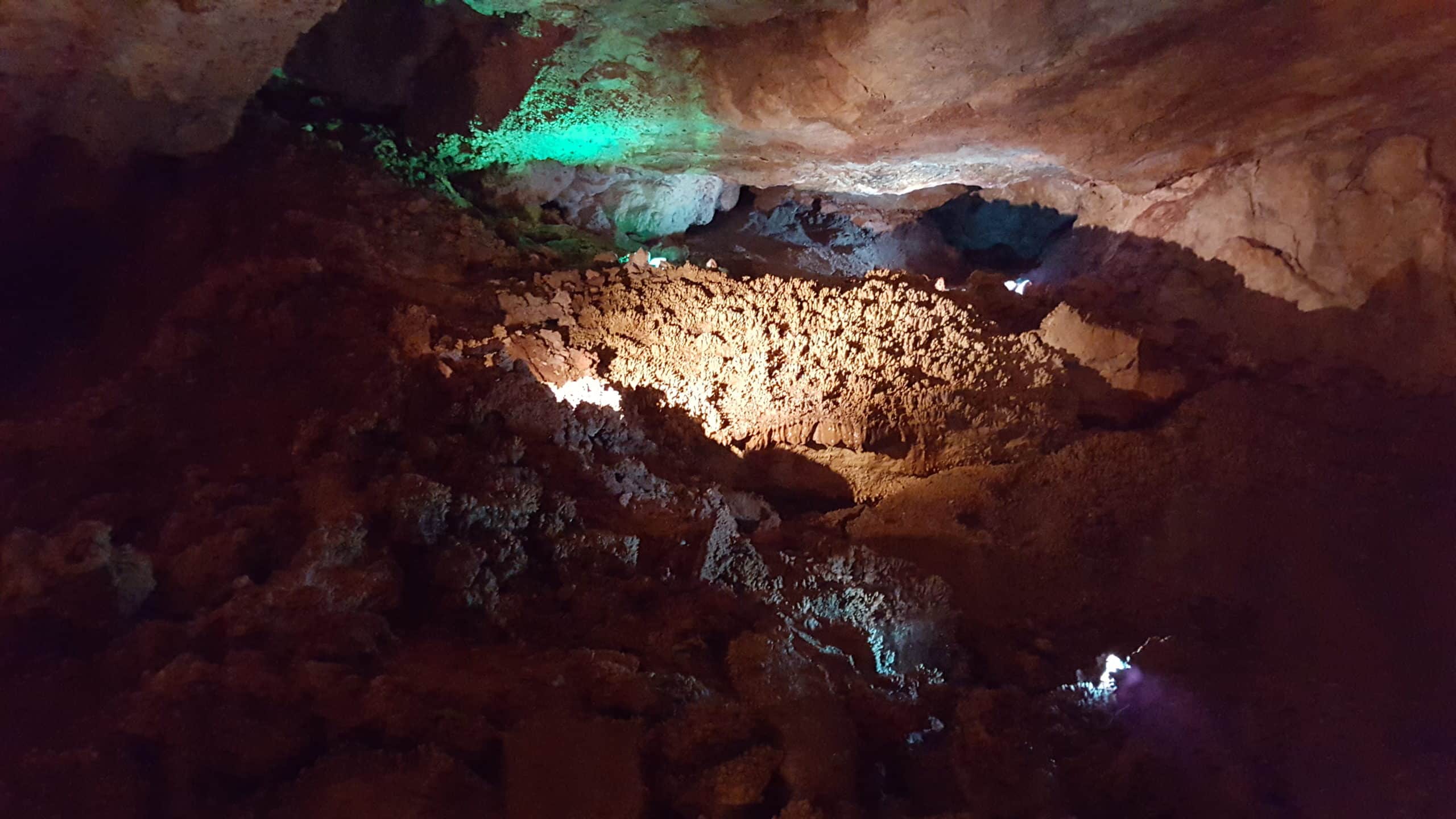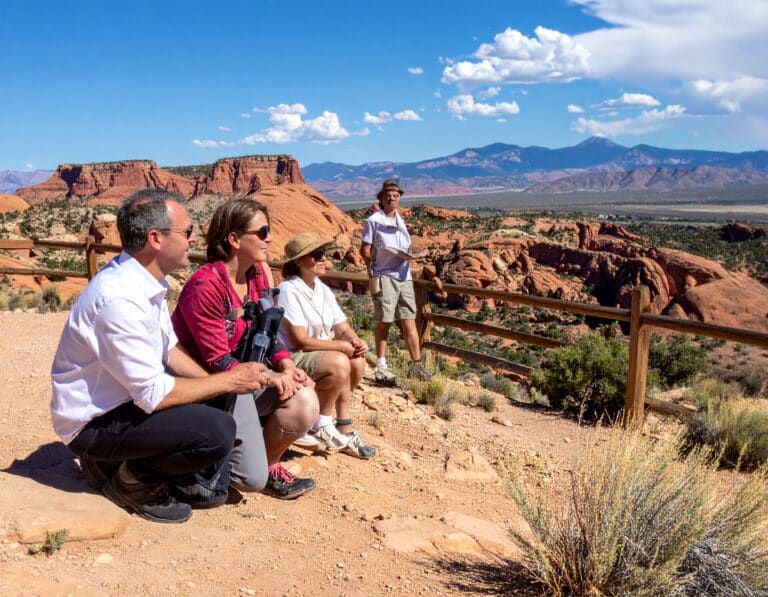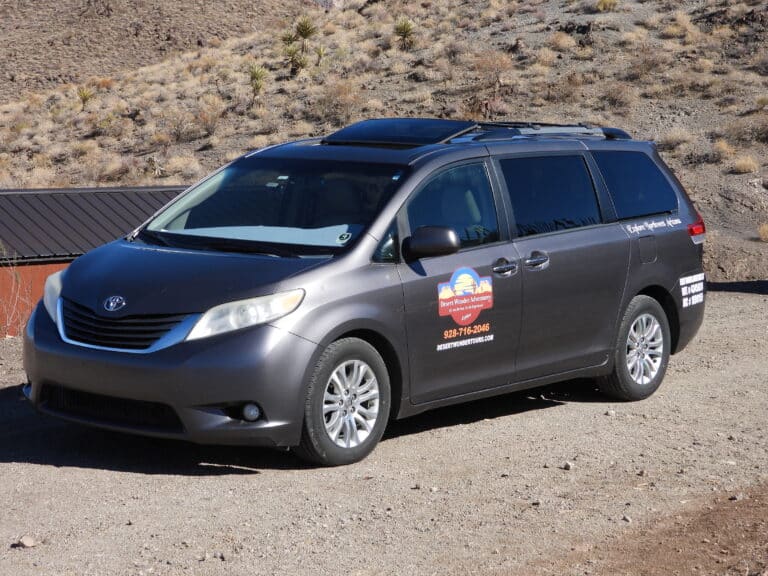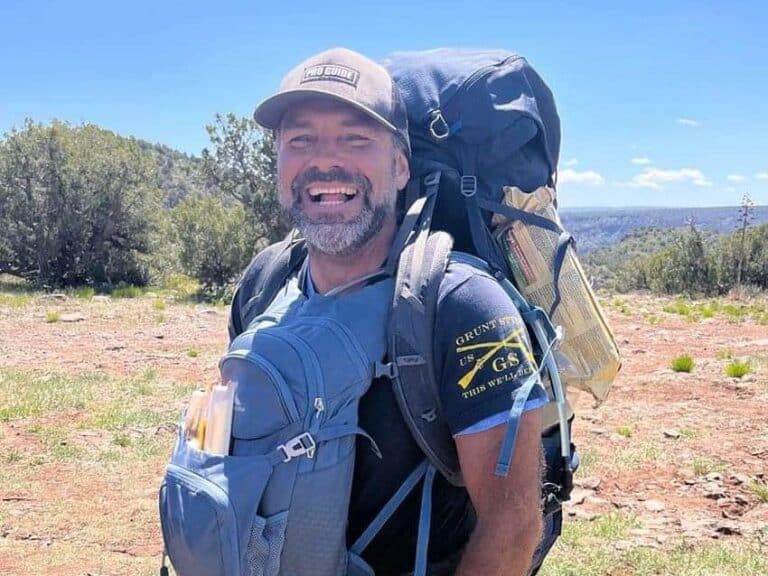Desert Wonder Tours – Grand Canyon Caverns
Northwest Arizona offers a plethora of rock formations, beautiful mountain desert terrain and unique attractions. One of the most unique attractions is the Grand Canyon Caverns on Historic Route 66. Desert Wonder Tours is proud to make the Caverns a primary destination, one of the most popular of the Six (6) tours it offers. If you are in Laughlin, Nevada seeking a tour from Laughlin to The Grand Canyon Caverns, Desert Wonder Tours will pick up and return your group from your hotel or directly from the airport! (Other origin locations are also serviced).
The Ancient History of the Grand Canyon Caverns
While these are the largest dry canyons in the United States, their formation began 345 million years ago when all of the Southwestern United States was covered in the waters of an ancient sea. The bottom of the sea became layered with the shells and skeletons of dead sea creatures, creating a mud ooze rich in lime deposits. This composite later dried to form the limestone bedrock that would become the base of the caverns. Millions of years later, earthquakes and volcanic eruptions would push this limestone bedrock a couple of hundred feet below the outer crust, even as the entire seabed in this region rose to 5000 ft above sea level. The upheavals split the earth, creating cracks and fissures where torrential rains and tropical downpours, seeped through.
Over millions of years, the mildly acidic rain created a solution that carved away some of the softer limestone layers, creating cavities and passageways that would fill up with water, widening them. Climate change brought less rain which lowered the water table in the region, making the caverns above the table, their water-filled chambers soon drying up. For the next 6 million years, while slowly drying, elaborate calcium carbonate formed to create the interesting, elaborate formations found in the caverns today. Only 3 in every 100 caverns in the world is a dry cavern which makes the Grand Canyon Caverns rare indeed! No bacteria or viruses can survive in these dry canyons more than 72 hours due to a lack of moisture.
The Caverns also have a rich history involving stories and myths about cavemen, cowboys, Indians, gold, and a 2000 lb. sloth. You will learn all about these stories/myths during your personally guided tour through the caverns.
The Evolving Cavern Entrance
Who were the first humans to discover the Grand Canyon Caverns? Woodcutters.
In 2011, cave divers found the oldest, most complete, and genetically intact human skeleton in the New World in an underwater cave in the Yucatan Peninsula. They named her Naia, after the Greek for water. She was a teenage girl that fell into a 100 ft pit approximately 12,000 years ago, likely dying on impact. Naia had intact Mitochondrial DNA found in her tooth enamel. The prevailing theory goes that Naia and ancient Siberians who had crossed the Beringia land bridge between Asia and North America between 26,000 and 18,000 years ago, share a common heritage with Native Americans. Naia’s people are believed to be the ancient ancestors of Native Americans. Ancestral Puebloan people were the first humans to live in the Southwest region of the Americas more than 10,000 years ago. Their descendants formed different tribes in the region.
One group of descendants is the Hualapai Tribe, which made history as the first humans to discover the Grand Canyon Caverns. In the winter of 1917-1918, a group of Hualapai Indians ranged away from the tribe to cut and gather wood. Before they could start their return to Peach Springs, a snowstorm trapped them on the hillside for 3 days. There two brothers died of a flu epidemic.
The survivors were afraid to take the bodies back to the tribe for burial due to the possibility of contagion. The ground around them was frozen solid so they were unable to dig graves. Remembering a large, concealed hole they had come across earlier, they buried the bodies in the 50 feet deep trench. They did not realize that a boulder that had fallen thousands of years ago into the bottom of their hold, sealing off the small 100-foot channel that led into the Caverns. The skeletons of the two brothers were found after the Caverns were discovered by the first non-native human to the region, Walter Peck.
First Cavern Entrance
In 1927, Walter Peck, a woodcutter in the region, was on his way to play poker with friends when he stumbled and nearly fell into a big hole in the middle of his trail. He told his friends about the hole and the next day they gathered equipment and went to explore the hole. They lowered a cowboy down about 150’ into the hole. The cowboy became excited when his lantern light cast upon the walls revealed sparkles. He gathered samples. When he was pulled up, he excitedly showed the samples to those waiting at the top believing he had found a rich vein of gold. He also told them he had seen the skeletal remains of two humans and remnants of a horse saddle.
By the time newspaper reporters told the story, the human remains became prehistoric cavemen and all mention of the saddle was absent. Scientists from back East soon came to gather the remains for study. In the meantime, Walter purchased the property containing the Caverns and began to plan his expedition to mine the gold.
Ultimately the assay revealed the “gold” to be worthless iron oxide (rust). And, of course, the remains were those of not so ancient Native Americans. Walter quickly devised another plan to exploit the caverns. He devised a hand-operated wench to lower people by rope into the Caverns where they would take their own light source, usually kerosene lamps, down into the Caverns to explore. He charged 25 cents to be lowered into the Caverns. This was the first entrance into the Caverns.
Second Cavern Entrance
During the Great Depression, in 1939, Civilian Conservation Corps (C.C.C.) and the Works Progress Administration (WPA), set up work camps to employ the many people out of work, and made a deal with Walter. They would supply the labor to build a new entrance into the caverns if Walter would supply the materials. The first 30 feet of the entrance was a wooden staircase. After this were three (15-foot) ladders. The last segment was a beautiful swinging suspension bridge for the last 60 feet. Walter upped the charge to 50 cents a person and now many people could come and go in the cavern at the same time. This entrance provided the only way into and out of the Caverns until 1962.
The Current (and last?) Cavern Entrance
The owners of the Caverns in this era blasted a 210 feet-deep shaft where a modern elevator was installed. It took over 3 years to dig the shaft where a lift gotten from a high rise in New City was installed. At that time, the original entrance was permanently sealed. The original elevator is still in operation taking tour groups 21 stories down into the Caverns. The elevator runs every half hour to an hour to take visitors to and from the Cavern’s tour.
In addition to the beautiful cavern formations, visitors will see a 15 foot high, 2000 lb reproduction of a an extinct giant ground baby sloth, which walked the Earth during the Pleistocene Epoch. The remains were found in the caverns along with claw marks on the cave wall where it attempted to climb out to no avail. The Caverns owner donated the remains of the giant sloth to the University of Arizona’s museum who then built a replica based upon what the dimensions the remains revealed. The replica was affectionately named “Gertie” and is a favorite of visitors who both feel sorry for the long-ago trapped baby beast and in awe of her size.
More than 250,000 people visit the Grand Canyon Caverns in an average year, with as many as 250 visitors a day during the Summer season. The Cavern Entrance now includes a Souvenir/Gift store, and a roomy restaurant and grill. The restaurant attracts locals as well as Route 66 travelers with its excellent food and humongous fresh baked assorted pies. The Caverns also has a “Grotto” structure where guests have a majestic overview of the caverns while dining, and even a hotel room for those who wish to experience sleeping 200+ feet underground in relative luxury.
Outside there is a playground for children, complete with swings, slides, and a teeter-totter. A giant green Tyrannosaurus Rex poses in front of the entrance, making a great backdrop for group photos.
Desert Wonder Tours offers a special tour to the Grand Canyon Caverns, along with lunch at the caverns (once full operational after the pandemic), followed by a desert winery tour in Valle Vista. Limited seating. Book now
*Note: Until the GCC restaurant is operational, lunch is catered with Desert Wonder Tours guests eating lunch en route from the Caverns to the Winery.




